DUNGEON, FIRE
& SWORD
DUNGEON, FIRE
& SWORD
THE KNIGHTS TEMPLAR
IN THE CRUSADES
Johnson J. Robinson

Copyright 1991 by John J. Robinson
First paperback edition 2009
All rights reserved. No part of this book may be reproduced in any form or by any electronic or mechanical means, including information storage and retrieval systems, without written permission from the publisher, except by a reviewer who may quote passages in a review.
Published by M. Evans
An imprint of The Rowman & Littlefield Publishing Group, Inc.
4501 Forbes Boulevard, Suite 200, Lanham, Maryland 20706
www.rlpgtrade.com
Estover Road, Plymouth PL6 7PY, United Kingdom
Distributed by NATIONAL BOOK NETWORK
The Library of Congress has cataloged the hardcover edition as follows:
Robinson, John J.
Dungeon, fire & sword: The Knights Templar in the crusades/John J. Robinson.
p. cm.
Includes index.
ISBN 978-1-59077-142-6
1. Crusades. 2. Templars. I. Title II. Title: Dungeon, fire, and sword.
D160-R62 1991
909.07dc20
91027495
CIP
ISBN-13: 978-1-59077-142-6 (pbk. : alk. paper)
 The paper used in this publication meets the minimum requirements of American National Standard for Information SciencesPermanence of Paper for Printed Library Materials, ANSI/NISO Z39.48-1992.
The paper used in this publication meets the minimum requirements of American National Standard for Information SciencesPermanence of Paper for Printed Library Materials, ANSI/NISO Z39.48-1992.
Manufactured in the United States of America.
Table of Contents
PART ONE: The First Crusade
and the Birth of the Temple
,
Faith of our fathers, living still
In spite of dungeon, fire and sword...
FREDERICK W. FABER (1814-1863)
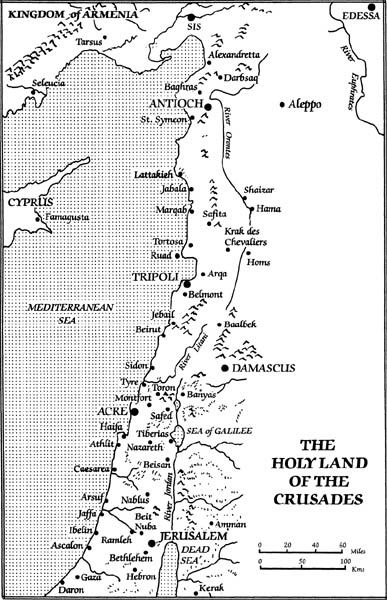
See map following ).
See map following ).
Introduction
ANYONE WHO BELIEVES that historical research is drudgery has never delved into the past of the military monastic order known as the Knights Templar. Its story in the great Crusades, even when recounted by somber church chroniclers, is high adventure.
The order was organized in the aftermath of the First Crusade, when a small band of knights took vows of poverty, chastity, and obedience to dedicate their entire lives to the protection of pilgrims to the Holy Land. At first they just guarded the pilgrim roads to Jerusalem, but over the years they grew to become the largest standing army in the Christian kingdom. They took their name from their headquarters in a captured mosque built on the site of the ancient Temple of Solomon, on the Temple Mount in the Holy City.
Their selfless dedication earned the approval of all Christendom. Saint Bernard of Clairvaux became their most enthusiastic champion, and soon a flood of gifts enriched the Knights Templar with manors, mills, and markets throughout Europe, along with vast estates and castles in the Holy Land. Predictably, their pride quickly grew to match their wealth. In time, the prelates and princes who had once extolled the Templar virtues became jealous of the treasure that the order had accumulatedin such abundance that the employment of its surplus funds had made the Knights Templar the major bankers of the Christian world.
The Templars operated under the personal protection of the popes so long as the struggle for the Holy Places of Jesus Christ continued, as it did for almost two hundred years. Over twenty thousand military monks fought and died in the sacred quest. Even a number of the orders grand masters died on the battlefields, where the Knights Templar crossed swords with Turks and Kurds, Arabs and Egyptians. As the invading Christians were ultimately pushed back to the shores of the Mediterranean Sea, there were countless awesome examples of courage and faith. After the loss of one of their inland castles, the Templar garrison was offered life and freedom if the knights would abandon Christianity to embrace Islam. All of them, over two hundred Knights of the Temple, chose to kneel before their Muslim executioners and lose their heads, rather than lose their faith.
As Christians were forced out of one walled city after another, and eventually out of the Holy Land altogether, the Templars were the last to leave. They had castles that the Muslims never succeeded in taking, but in the end there were no Christian pilgrims for them to protect, no Crusader leaders to support. They simply abandoned their last fortresses.
Once the Crusades were lost, the Templar purpose was lost, although much of the orders wealth remained. With their own coffers drained through incessant wars, Christian monarchs looked at the Templar treasure with envy, but none with more aggressive greed than Philip IV of France.
In league with Clement V, a French pope largely under his control, Philip plotted to bring down the Templar order with charges of heresy, the one crime that would permit confiscation of its extensive properties. To implement his plan, King Philip ordered the arrest of every Templar in France at the same time, at dawn on Friday the Thirteenth in October of 1307. The agonizing torture to extract confessions of heresy began that same unlucky day.
A papal bull went out to all the Catholic monarchs, commanding them to arrest and torture the Knights Templar within their domains. Some obeyed, some flouted the popes orders, and some had their local Templars tried and found innocent, but by then the venerable military order was effectively shattered. Templars who retracted the confessions made under torture were judged to be relapsed heretics, eligible to be burned at the stake. Fifty-four Templars were burned alive on one morning in Paris.
Years of imprisonment and torture by the Inquisition went by, until Pope Clement V officially disbanded the Knights of the Temple in 1312. Their grand master, Jacques de Molay, was held in miserable confinement for two more years in Paris, then led in chains to a high platform in front of the majestic cathedral of Notre Dame. He was ordered to make his confessions of guilt to the crowds of assembled clergy, nobles, and commoners who had been gathered to hear him. Instead, the aging, courageous grand master seized the moment to shout out the innocence of the Knights Templar. He was hustled from the platform by his enraged captors, to be burned at the stake before the day was over.
Even as the executioners lit the wood piled at his feet, de Molay continued to cry out the innocence of his order. Legend has it that he also cried out a curse on Pope Clement V and King Philip IV, calling on them to meet him at the throne of God before the year was out. Both pope and king died within weeks, giving strength to that legend, which was only the first of many. Succeeding generations speculated on the whereabouts of missing Templar treasure, their missing ships, the fugitive knights who had eluded their captors and were never found. Stories grew of clandestine bands of surviving Templars, of other Templar knights who fought for Robert Bruce against Edward II of England, even of a secret succession of underground grand masters that allegedly exists to this day.
Templar memory has been embellished or sullied by centuries of writers. The medieval minnesinger Wolfram von Eschenbach gave the Templars a role in the legend of the Holy Grail. Sir Walter Scott cast them as sinister villains. A book published during the last decade speculated on the Templars as the guardians of a holy royal bloodline emanating from Jesus Christ. A recent novel from Italy finds a secret society founded by the Templars that is plotting to rule the world.
Next page


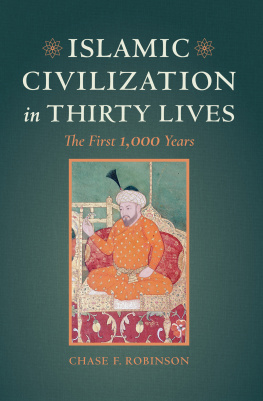


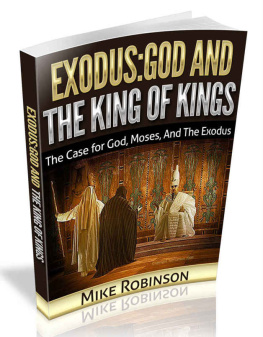





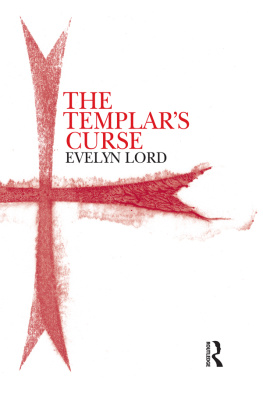
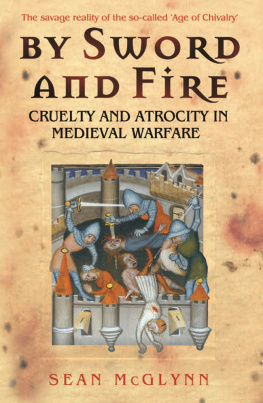

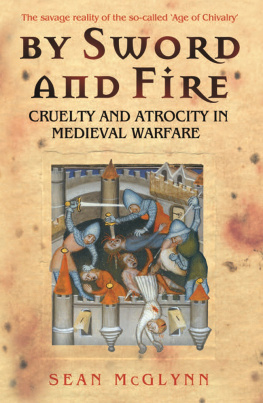
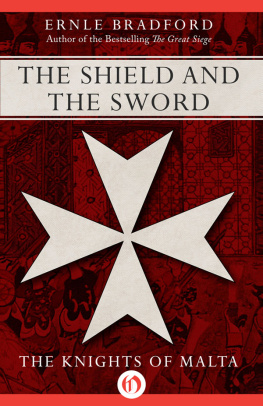
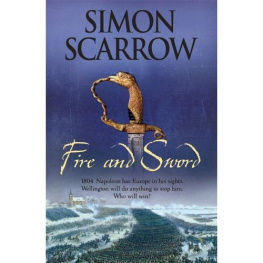
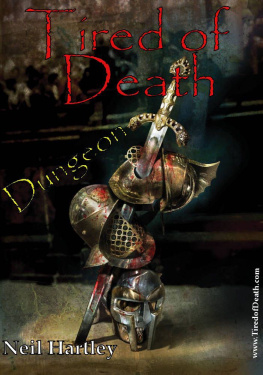

 The paper used in this publication meets the minimum requirements of American National Standard for Information SciencesPermanence of Paper for Printed Library Materials, ANSI/NISO Z39.48-1992.
The paper used in this publication meets the minimum requirements of American National Standard for Information SciencesPermanence of Paper for Printed Library Materials, ANSI/NISO Z39.48-1992.